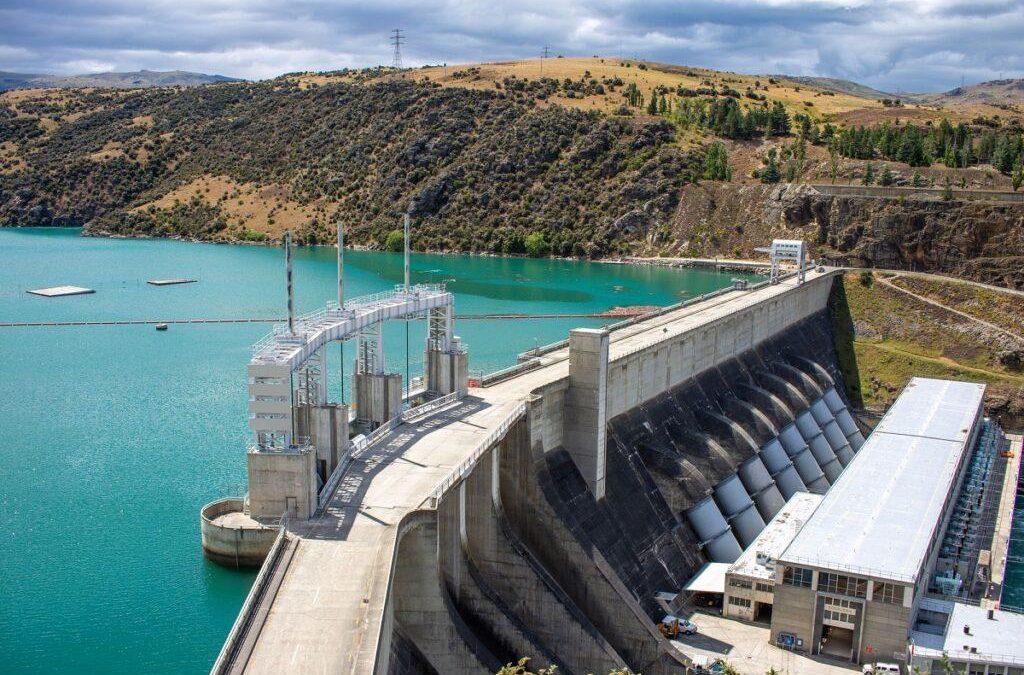
by Rick O'Connor | Sep 15, 2025
This form of renewable energy has been used for decades. Water at higher elevations flows towards the sea. Placing a hydroelectric dam on such a waterway the flowing water can turn the turbines and generate electricity. It is the number one source of renewable energy around the world, and – when including environmental costs – one of the least expensive way to generate electricity.
In 2011 much of the world was looking towards increasing hydroelectric power. Today it is the number one form of renewable energy around the world and growth is predicted to remain stable through 2030. One issue of hydropower is droughts generated by climate change. The are other concerns as well – such as the production of methane from anaerobic decomposition from submerged plants on the bottom of the reservoirs, and the build up of silt within the turbines coming from the rivers flowing through them.
| Advantages |
Disadvantages |
| Moderate to high net energy |
High construction costs |
| High efficiency (80%) |
High environmental impact from flooding due to the reservoir |
| Low-cost electricity |
High CO2 emissions from rapid biomass decay in shallow tropical reservoirs |
| Long life span |
Danger of collapse |
| No CO2 emissions during operation in temperate areas |
Uproots people |
| Provides irrigation water |
Decreases fish harvest below dam |
| Reservoir useful for recreation |
Decreases need silt below dam |
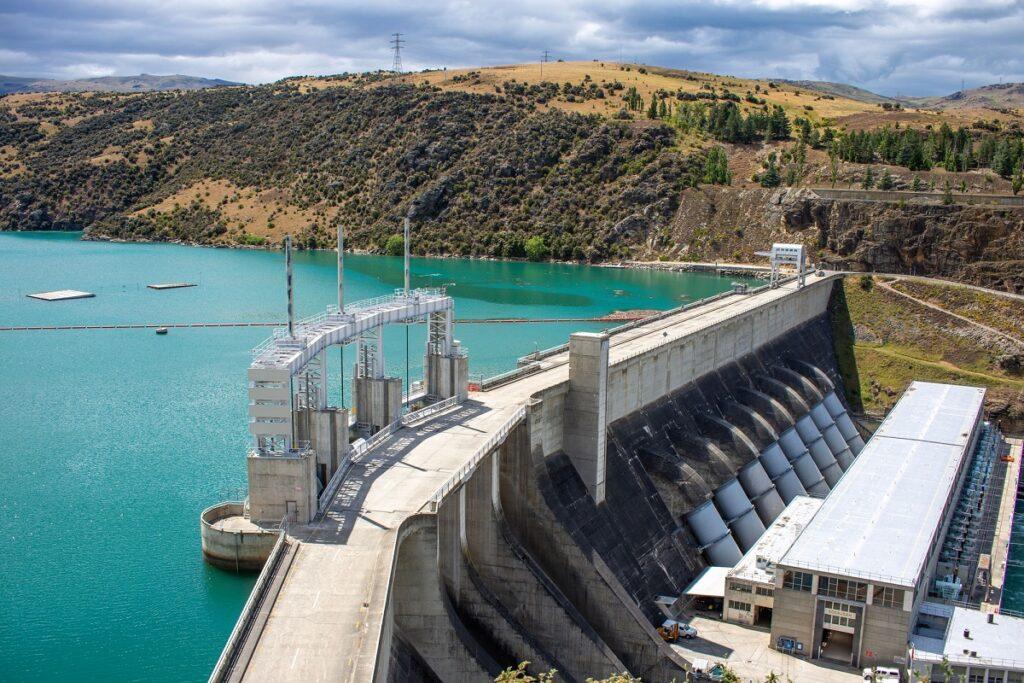
Hydroelectric power has its pros and cons.
Photo: Energytheory.
References
Projected Costs of Generating Electricity by 2020. International Energy Agency. https://www.iea.org/reports/projected-costs-of-generating-electricity-2020.
Hydroelectricity. International Energy Agency. https://www.iea.org/energy-system/renewables/hydroelectricity.
Miller, G.T., Spoolman, S.E. 2011. Living in the Environment. Brooks/Cole Cengage Learning. Belmont CA. pp. 674.

by Rick O'Connor | Sep 8, 2025
They continue to come. Invasive species have always been a problem in Florida and many of the south Florida species are moving north. One of these is a new marine snail – the thrush cowrie.
This snail is from the Red Sea and Indian Ocean and has been dispersing across the oceans for some time now. Their larva are planktonic and can be carried by the current but are also believed to be dispersed via ships ballast. They were first reported along the eastern coast of Florida in 2022 and have recently been found along the Florida panhandle.
They are most abundant in waters less than 25’ feeding on vegetation but secrete their eggs on hard substrate like jetties and seawalls. If you find this snail, please remove it from the water and report it to your Sea Grant Agent at the local Extension Office. Information we would like when reporting includes the date found, time, location (latitude and longitude if known), water depth, how many, live or dead, your name, and any comments you would like to include.

The thrush cowrie.
Photo: FWC.

by Rick O'Connor | Sep 8, 2025
We will begin our look at solar energy by explaining there are two forms – passive and active. In passive solar energy the well insulated building is heated directly from the sun without the need for additional technologies. In active solar energy the build has solar panels. These panels have a heat-absorbing fluid which collects solar energy and can use it directly within the house or store it for later use. Here are some advantages and disadvantages of passive or solar heating.
| Advantages |
Disadvantages |
| Energy is free |
Need access to the sun 60% of the time |
| Quick installation |
Sun can be blocked by trees and other structures |
| No CO2 emissions |
Need a heat storage system |
| Very low air and water pollution |
High cost |
| Very low land disturbance |
Active systems need maintenance and repairs |
|
Active collectors can be unattractive |
Another problem is that most solar energy designs are designed to heat the buildings, not cool – but there are technologies that can help with this – such as:
- Block summer sun with window overhangs and awnings.
- Use a light-colored roof to reflect as much as 80% of the sun’s heat.
- Suspend reflective insulating foil in the attic to block heat from radiating into the house.
- Place plastic earth tubes into the ground where the earth is cool year-round. Tiny fans can pipe cool air into the house when needed.
- Use geothermal heat pumps.
Can solar energy be used for high-temperature heat demands – such heating water and generating steam for electricity?
It can, but there are trade-offs.
| Advantages |
Disadvantages |
| Moderate net energy |
Low efficiency |
| Moderate environmental impact |
High costs |
| No CO2 emissions |
Needs back up and storage systems |
| Fast construction (1-2 years) |
Needs access to the sun most of the time |
|
Vulnerable to sabotage |
|
Land use that could be used for other resources |
Solar cells can be used to produce electricity directly. This electricity can be used directly within the building or stored for later use. This electricity can be connected to the grid and some countries require power companies to purchase excess electricity produced by homes placed on the grid. These solar cells have no moving parts, are safe and quiet, require little maintenance, produce no pollution, and last as long as conventional fossil fuel and nuclear energy sources. There are some issues…
| Advantages |
Disadvantages |
| Fairly high net energy yield |
Need access to the sun |
| They work on cloudy days |
Need storage and back up systems |
| Quick installation |
High costs |
| Easily expanded or moved |
High land use |
| No CO2 emissions |
DC current must be converted to AC |
| Low environmental impact |
|
| Last 20-40 years |
|
As many already know, Florida Power and Light has already invested in this technology – as has the U.S. military. In our next article we will look at producing electricity from the water cycle.
References
Miller, G.T., Spoolman, S.E. 2011. Living in the Environment. Brooks/Cole Cengage Learning. Belmont CA. pp. 674.
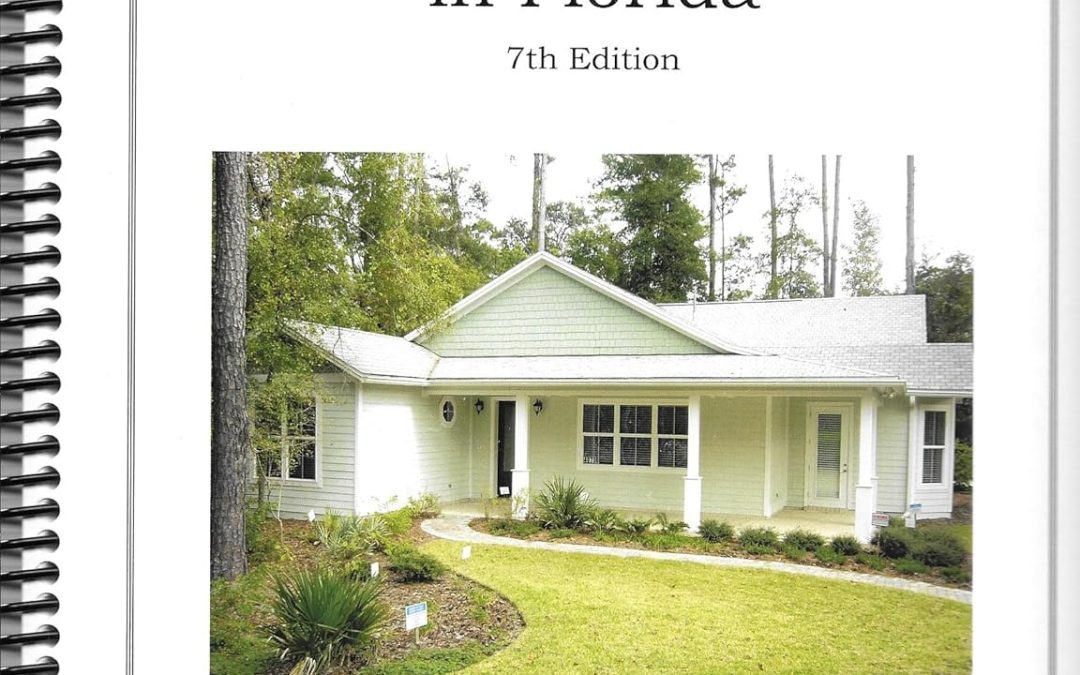
by Rick O'Connor | Aug 25, 2025
Over the last couple of articles, we have seen how humans moved from a wood-based energy source to coal and from coal to oil. With the onset of the industrial revolution, new innovations such as electricity and transportation, our energy needs have increased – along with our population.
In Part 16 we looked at the advantages and disadvantages of continuing using fossil fuels for our energy needs. We also looked at nuclear energy. Many feel that these pros and cons are sufficient enough to continue with fossil fuels – for now. Others, including some energy companies, believe it is time to look for other alternatives. It is estimated that fossil fuels will last another 200-500 years, and as we get closer to those deadlines, prices will go up. And then there is the concern surrounding the environmental impacts of burning fossil fuels. Enter the renewables.
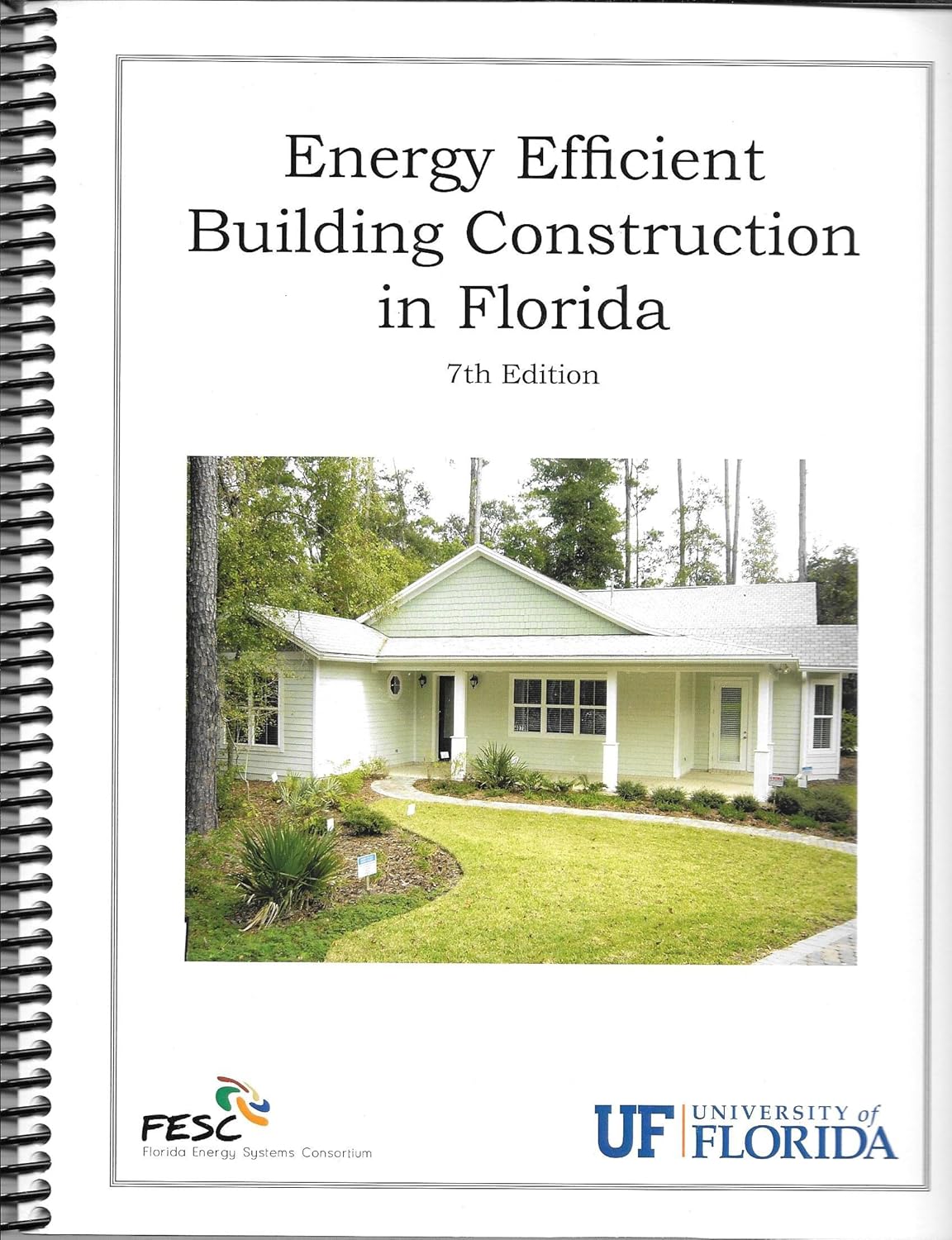
We can begin by making our homes, businesses, and vehicles more energy efficient.
Photo: UF IFAS
Miller and Spoolman1 begin their chapter on this topic but discussing energy efficiency – the idea of using our current energy sources more wisely and, possibly, extending the deadline. Many of us already use energy efficient appliances, energy efficient building designs, and energy efficient cars. Some of this is forced on us. Some are to help us reduce our energy costs. But this movement has already begun. Data from the U.S. Department of Energy in 2011 stated that fossil fuels accounted for 85% of our energy input. 84% of that energy became unavoidable energy waste (41%) and unnecessary energy waste (43%). Only 9% were converted into useful energy. The incandescent light bulb uses only 5-10% of its energy to produce light, the rest is lost as heat. 94% of the energy in the internal combustion engine is lost as heat. Only 34% of the energy used to burn coal actually becomes electricity.
In 2011 industry accounted for 30% of the worlds, and 38% of the U.S., energy consumption. Miller and Spoolman provide methods in which industry can become more energy efficient.
- Replace energy-wasting electric motors.
- Recycle materials like steel and other metals.
- Switch from low-efficient incandescent to fluorescent or LED lighting.
Many industries have already made such changes.
In 2011, transportation accounted for 67% of the oil consumption in the U.S. During the 1970s the federal government began requiring fuel efficient cars and trucks. Fuel efficiency increased until about 1985 were it peaked – it has remained at this level since. Though vehicles are more fuel efficient than they were in the 1960s, U.S. consumers still prefer large trucks and SUVs to more fuel-efficient vehicles. There has been recent interest in electric vehicles. But recent reports suggest some automakers may be reducing their inventory of such cars and trucks.
There is a whole new industry in energy efficient buildings – “green buildings”. Most of our buildings were not designed with energy efficiency in mind. For those there are some things we can do to improve energy efficiency.
- Insulate and plug leaks. Over 30% of American homes lose their heated air through holes, cracks, and single paned windows.
- Energy efficient windows. This can reduce heat/AC loss by over 50%.
- Use more energy efficient appliances.
- Use more energy efficient lighting.
Other suggestions within the home include;
- The attic. Hang reflective foil to reflect heat. Use a house fan. Be sure attic insulation is at least 12 inches thick.
- Install water saving toilets, faucets, and shower heads. Repair water leaks.
- Use microwave as much as possible. Run only full loads in the dishwater and use low – or no-heat – drying. Clean refrigerator coils regularly.
- Other rooms. Use compact fluorescent lighting and LED lighting. Turn off lights, TV, computers when not in use. Set the thermostat as low as possible in the winter, and as high as possible in the summer. Weather strip and caulk doors and windows. Use fans.
- Plant trees to shade/cool house.
In our next article we will begin looking at new forms of energy that could replace fossil fuels.
References
Miller, G.T., Spoolman, S.E. 2011. Living in the Environment. Brooks/Cole Cengage Learning. Belmont CA. pp. 674.
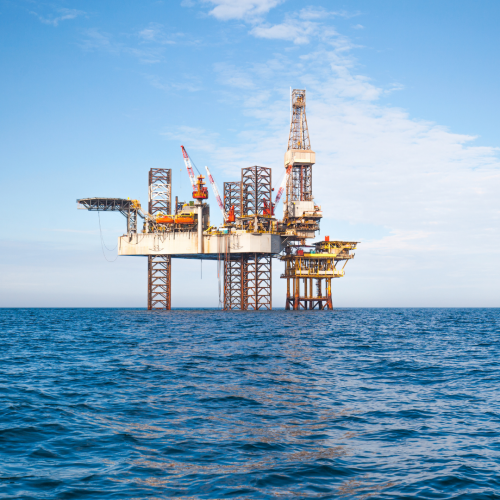
by Rick O'Connor | Aug 17, 2025
In Part 15 of this series, we mentioned the need to begin seeking new sources of energy. Currently fossils fuels are our go-to source, but this source is limited, and the demand is rising. There are also issues with the waste produced from the drilling, processing, and burning of fossil fuels. Just as we moved from wood to coal, and from coal to oil – we need now to begin looking for what will follow oil. What options do we have?

Drilling platform.
Photo: Florida Museum of Natural History
Is oil still an option?
As most know, crude oil and natural gas are found in pockets beneath the earth’s surface. We extract it by drilling deep wells, using gravity to drive the product towards the well head, and pump it to the surface. At some point in time, usually about a decade, the pressure is lower and the well has reached peak production. At that point we need to drive another well, sometimes in another location. With the demand for this energy source rising, peak production wells are becoming common and new sources of oil are becoming harder to find. The United States is particularly in a situation due the fact we use more oil than any other nation (24% of the world’s oil in 2011). Much of the oil reserves are outside of the U.S. and managed by the Organization of Petroleum Exporting Countries (OPEC) – which includes 12 nations. OPEC stated that since 1984 oil production from existing reserves has exceeded the discoveries or new sources – this resource is diminishing. It was predicted in 2011 that by 2025 70% of our oil needs would come from imports. However, there was a decline in imports beginning around 2005 and today 60% of our oil use comes from domestic sources. Here are some advantages and disadvantages of continuing with oil posted in 2011.
| Advantages |
Disadvantages |
| Ample supply for 40-100 years |
Need to find substitutes within 50 years |
| Low cost |
Large government subsides |
| Easily transported within and between countries |
Pollutes air when produced and burned |
| Technologies are well developed |
Can cause water pollution as well |
Is natural gas an option?
Much of the natural gas reserves (27%) are found in Russia. Other leading producers include Iran and Qatar – the U.S. only produces 3%. This fossil fuel can be used to power factories, cook and heat homes, and power transportation. Though extracting and burning natural gas produces greenhouse gases, it is less than coal and oil. It can be transported across oceans if liquified.
| Advantages |
Disadvantages |
| Ample supplies |
Releases CO2 when burned |
| High net energy yield |
Government subsides |
| Low cost |
Methane can leak from pipelines |
| Less air pollution than other fossil fuels |
Difficult to transfer from one country to another |
Is coal still an option?
In 2011 about 40% of the world’s electricity was generated by coal fired power plants. There has been a decline over the last decade, with a particular drop during the pandemic, but it has seemed to have rebounded some since with an current estimated of about 33% of the world’s electricity being produced by coal. Due to the pollution issues many nations have already begun to turn away from coal. According to the International Energy Agency, China is currently burning three times more coal than all other countries combined. However, this is expected to plateau by 2027. It is the world’s most abundant fossil fuel source. The US Geological Survey estimated in 2011 that coal could last between 214 and 1,125 years. Today the current reserves in the US could last another 422 years. The pollution issue is not only carbon dioxide but sulfur dioxide and trace amounts of mercury, and radioactive materials – it is the “dirtiest” fuel.
| Advantages |
Disadvantages |
| Ample supplies |
Severe land disturbance, air pollution, and water pollution |
| High net energy yield |
Soot is a human health risk |
| Low cost |
Large government subsides |
| Well-developed technology |
High CO2 emissions when produced and burned |
Is nuclear energy an option?
For the purpose of boiling water to produce steam that spins a turbine and generates electricity, nuclear power plants are quite complex and expensive. The fuel is mined uranium which is enriched from 0.7% fissionable uranium-235 to about 3%. It is made into pellets. These pellets are about the size of a pencil eraser and each pellet contains the energy equivalent to a ton of coal. These pellets are placed into pipes called fuel rods. The rods are moved in and out of the reactor to control the reaction and avoid a meltdown which could release large amounts of radioactive material. The system is cooled by water. This system is encased in a thick concrete structure called a containment shell to avoid the accidental release of radioactive material. About once a year the spent fuel rods are removed, placed in holding tanks, and transported to an underground holding facility for long term storage – between 10,000 and 240,000 years. However, after 60 years of using this form of energy – no country has developed such a storage facility, and the spent rods are currently stored on site.
In the 1950s researchers predicted that by the year 2000 at least 1,800 nuclear plants would supply 21% of the world’s energy. In 2011, after large investments and government subsidies, there were 439 commercial power plants in 30 countries producing only 6% of the world’s energy. That number has not changed. Reasons for the decline include construction costs, operating costs, low net energy yield, public safety concerns, and increased safety regulations.
| Advantages |
Disadvantages |
| Ample supply of fuel |
Cannot compete economically without government subsides |
| Low environmental impact (without accidents) |
Low net energy yield |
| Moderate land use |
Risk of catastrophic accidents |
| Low risk of accidents due to large number of safety systems |
Long term storage problem |
|
Subject to terrorist attacks |
|
Spread knowledge and technology for building nuclear weapons |
Listed above are the advantages and disadvantages of fossil fuel and nuclear energy – systems we have been using for a while. With the concern of climate change, and other environmental risks, humans have begun looking at other energy sources. In the next article we will look at those. Either way – we still need the energy.
References
Coal. The International Energy Agency. https://www.iea.org/energy-system/fossil-fuels/coal.
Coal Explained. How Much Coal Is Left? U.S. Energy Information Agency. https://www.eia.gov/energyexplained/coal/how-much-coal-is-left.php.
Miller, G.T., Spoolman, S.E. 2011. Living in the Environment. Brooks/Cole Cengage Learning. Belmont CA. pp. 674.







